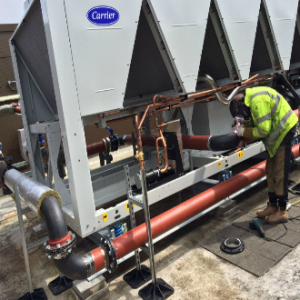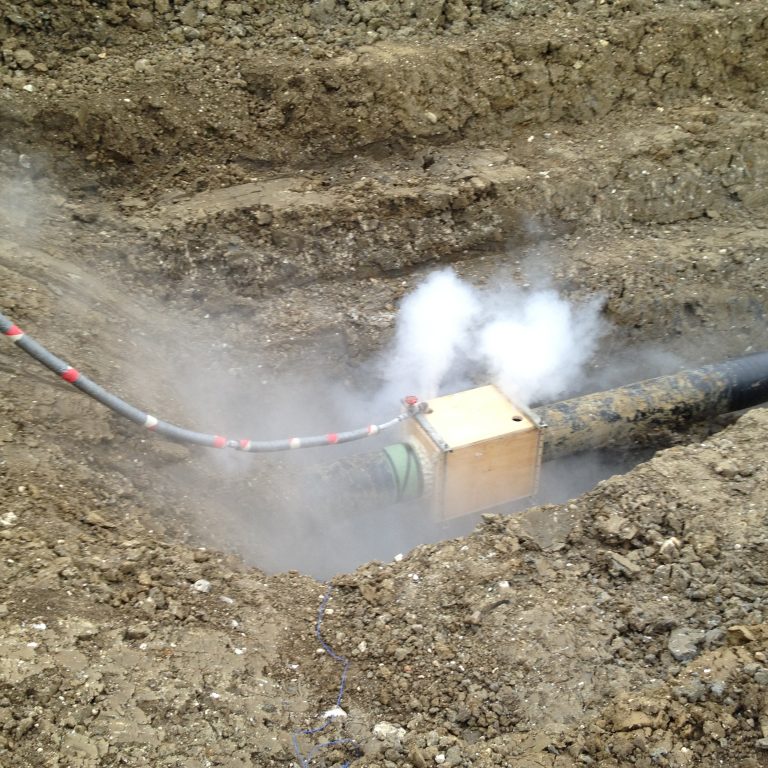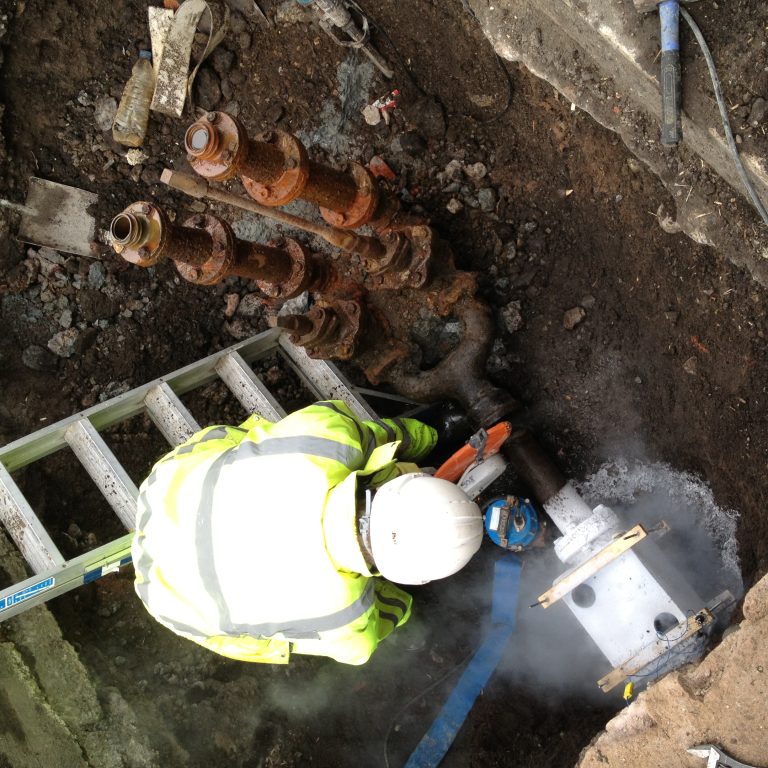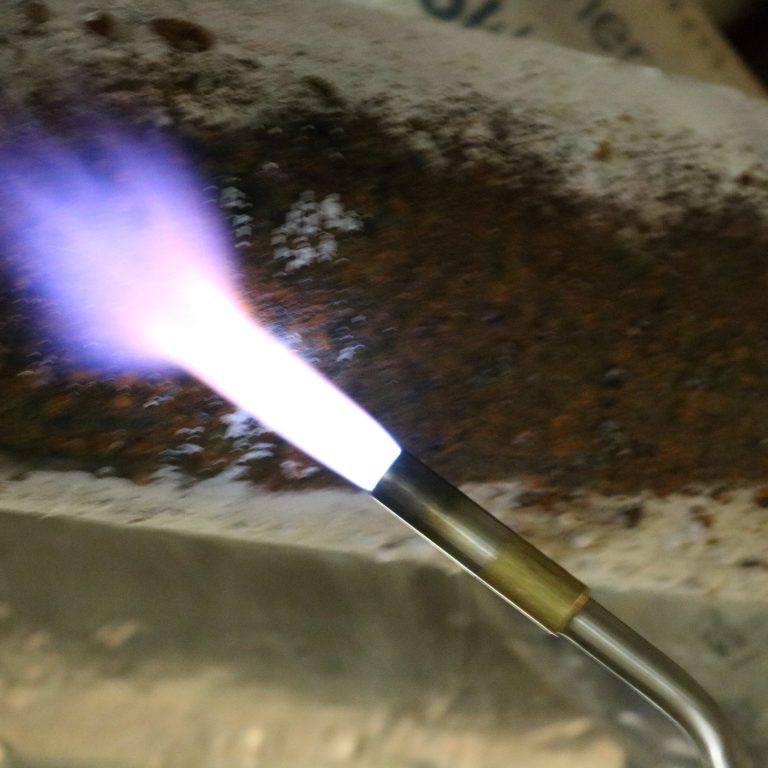Pipe Freezing
Put simply, Pipefreezing is a non-intrusive, controlled method of providing pipeline isolation, through the application of liquid nitrogen. The pipework freezing process begins by drawing out the heat from the product within the pipe until it reaches a temperature below its freeze point until eventually the product freezes to form an internal ice plug.
The major advantage of liquid nitrogen or water pipe freezing is that a ‘break-in’ can be performed without incurring the costs and down-time of a complete system drain down.
Pipe Freezing method?
Pipefreezing involves the use of Liquid nitrogen in the controlled formation of a solid ice plug within the pipeline. Once the freeze is achieved the plug has the capability to withstand very high differential pressures and provides a reliable isolation that is extremely effective, allowing alterations to be completed without a full drain down.
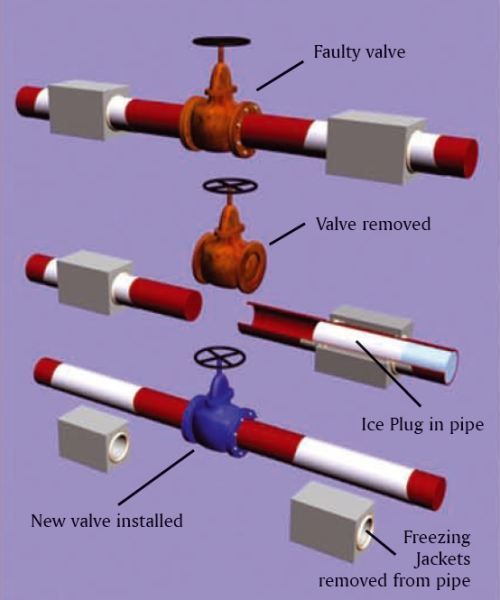
Variety Of Applications
- Valve Installations
- Pipe Section Replacement
- Equipment Isolation
- Pipe Branch Terminations
- Pipe Diversion
- Metering installations
* Subject to Certain conditions
Common Pipe Materials
- Carbon Steel
- Nickel Alloy
- Copper Based alloys
- Kunifer
- Aluminium alloys
- Ductile and Cast Iron
Common Pipe Contents
- Water
- Acids
- Coolants
- Paints
- Alcohols
- Oils
- Liquid Food product
- Various Chemicals
- Sewage
Common Pipe Freezing application’s include
- Cooling Water
- Fire Protection Systems
- Process systems
- Fuel Oil Lines
- Sludge Lines
- Hydraulic Control Lines
- Domestic/Utility Systems
- Hydrocarbon Risers
- Water Injection Lines
- Heat Exchanger Lines
- Heating Services
- Chilled Water Systems
The Benefits of Pipe Freezing
Pipe freezing is widely acknowledged as a safe, reliable and highly cost effective method of temporary pipeline isolation and offers a number of major benefits some of which are:-
- No need to drain down systems, thus avoiding costly and time consuming venting procedures
- No need to arrange for the bulk transfer/storage of fluids
- Cuts losses of expensive liquids, such as treated water and system inhibitors.
- Overcomes the problems of handling hazardous materials and enhances safety when working on lines containing contaminated or volatile liquids.


